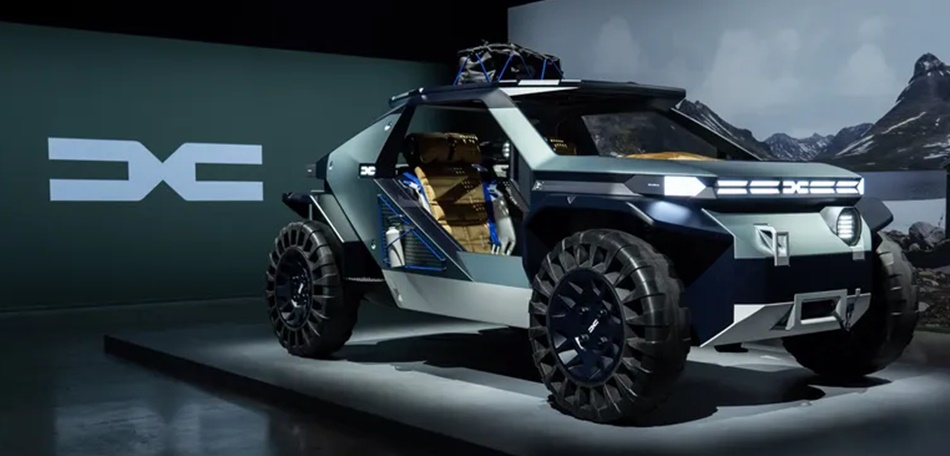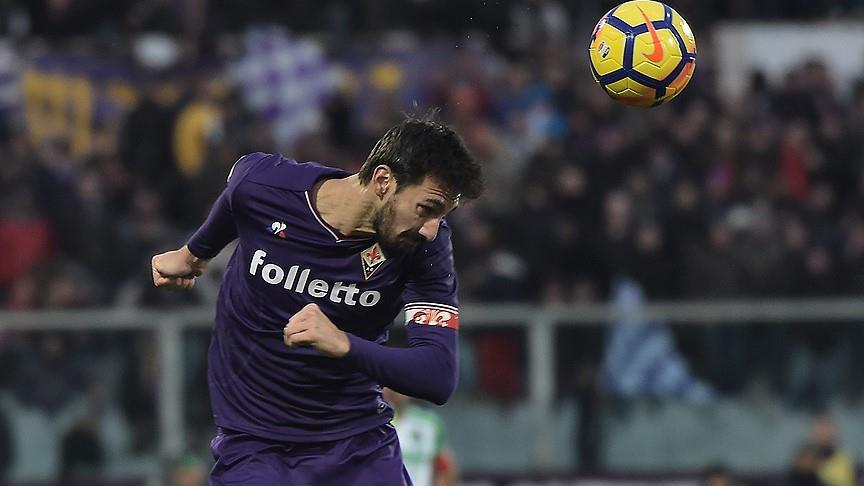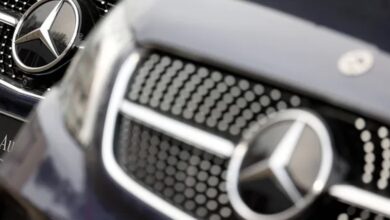
He only has one headlight, the doors are completely missing: Unfortunately, the manufacturer also does without something. / Dacia Manifesto introduced
They never liked the term “cheap brand” at Dacia. In the future, it should be even less true than before: When presenting the modified brand profile in Paris, company boss Denis Le Vot prefers to talk about the best price-performance ratio on the market than about rock-bottom prices. The Romanians want to continue to meet essential mobility needs in the future, but cooler and with more style than before. The Manifesto Concept buggy study presented at the same time shows what this could look like.
The two-seater stands on its deep-treaded tires in a maximally reduced form: doors, windows and windshield are missing, luggage is lashed with tension belts at the rear or on the roof, instead of being stowed in the classic way behind a trunk lid. Instead of two headlights, there is only one, but it is detachable and can alternatively serve as a flashlight. This already shows that a series implementation is not planned here. Instead, the study should show what Dacia wants to stand for in the future. “Essential” is the most used word there – cars without frills and at a reasonable cost. Le Vot wants to counteract a trend that threatens to turn mobility with one’s own car into a luxury.
Dacia will have combustion engines for a long time to come. The parent company Renault wants to switch completely to the electric drive by 2030. However, the subsidiary brand does not want to follow until 2035, when a ban on internal combustion engines comes into force in Europe. The brand only has one electric model in its range. A hybrid car is planned for 2023. The remaining models run on fossil fuels or gas.
Dacia Manifesto will shape future design
Of course, Dacia will not build cars without windows and doors, despite cost pressures: The Manifesto will probably eke out its future existence in the museum. In addition to the basic philosophy, some concrete elements of the study should also be incorporated into future models. For example, a clever fastening system called the U-Clip or the plastic called “Starkle” with a high proportion of recycled material. Both could appear as early as 2024 in the new edition of the compact SUV Duster. Or in the new flagship Bigster expected for 2025, a mid-range SUV that could already be seen in 2021 as, according to reports, a very close-to-production study.
Above all, the large crossover shows that the Romanian Renault subsidiary wants to feel at home in the higher segments in the future. Because the Bigster will not be available for very little money, but Le Vot promises prices well below the competitive level. This also continues to apply to the brand’s current portfolio, which has just been revamped. Logan, Sandero, Jogger and Duster now have a new, visually enhanced front with striking white decorative elements on the radiator grille.
When swimming against the general car price increases, Dacia should also focus on economical drives. The LPG drive continues to play an important role, even if the prices for the alternative fuel have recently risen sharply, at least in Germany. Electrification played no role at the international strategy presentation in Paris. It will come anyway: at the beginning of 2023, the crossover van Jogger will have a full hybrid drive. And the purely electric SUV Spring should also be upgraded again.


